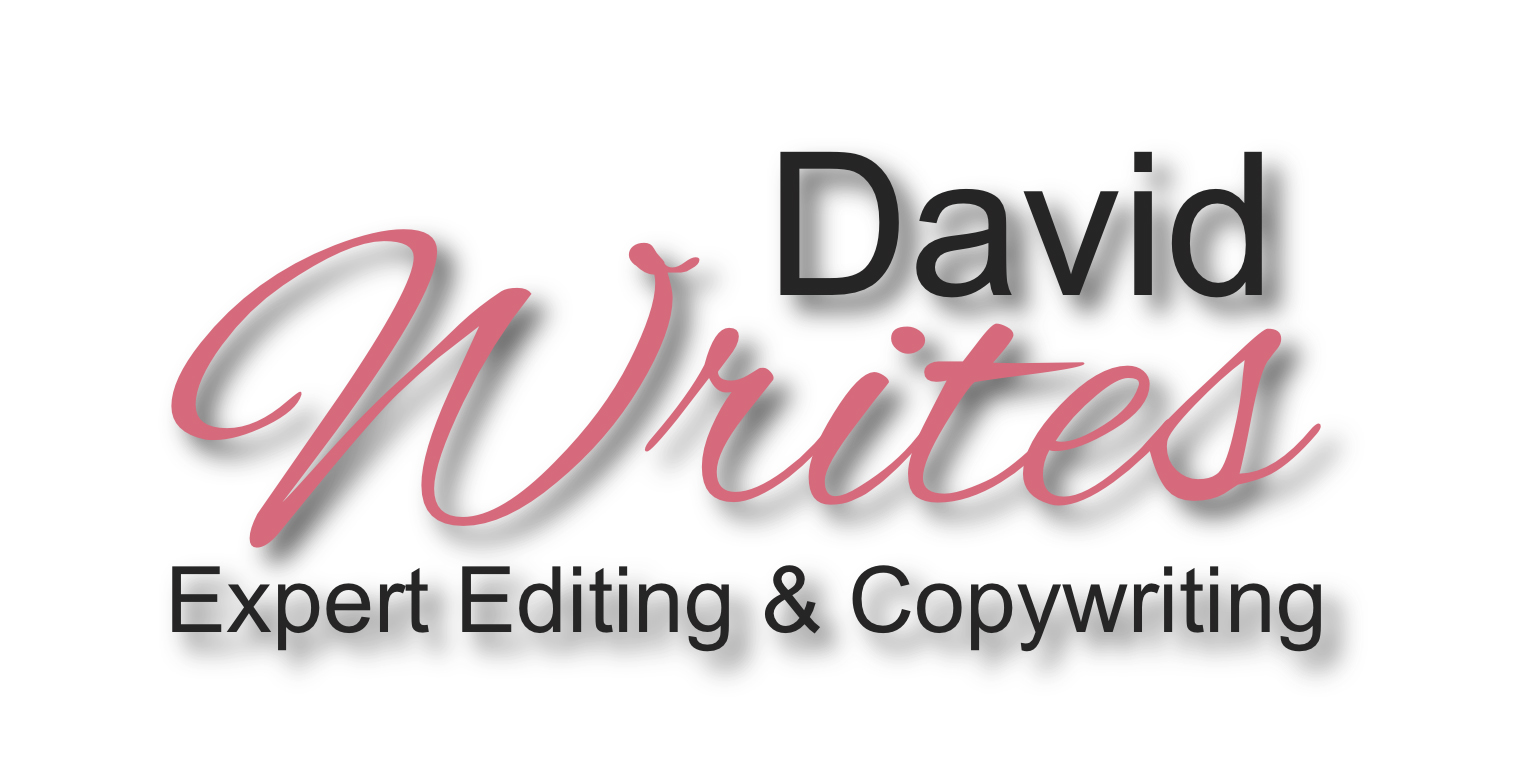This new blog stream will deal with the art of the written word. Let’s get down to some basics, the nature of words themselves. Just as master carpenters, surgeons, and rocket scientists rely on many tools, so do writers. The tools of a writer are words. Here are some opening paragraphs from my book Word Power: A Writer’s Guide.
Writing in its most basic form is the ability to imitate sounds or speech through the use of symbols. These symbols are called words and they are the basic building blocks of all writing
The mere ability to write or type words does not suffice to create writing that is “good” – that is, acceptably literate for everyday purposes. However, there are perhaps more than a billion people on earth today who can create writing in English that is “good,” or close enough to get by.
From there, it’s a long step up to writing that is excellent, outstanding or superb. It could be compared to the difference between picking out “Chopsticks” on the piano and performing at Carnegie Hall to rave reviews.
The craft of writing all starts with words, those humdrum, everyday symbols that allow us to replicate the universe, whether as perceived or only imagined, on a page of text. In the hands of a master, words are power, weapons of mass instruction. They yield the ability to influence others, share ideas, entertain and inform. Words can be woven into many patterns, and like magical incantations or devout prayers they can allow your deepest inner thoughts and imaginings to shine forth.
The art of using words to create superior writing is the focus of this book. An important first step on this intellectual journey is to consider that most basic question: What are words and why are they important?
Words evolved through the ages in lockstep with humankind. Perhaps more than any other factor, it is the mastery of language that sets us apart from the animal world. But words are slippery things. We often hear statements such as “those are only words,” and it’s true that language can be used to deceive as well as to shine the light of truth. For example, in formal debate each side uses similar words to present completely opposite views.
Words in themselves are merely tags to identify certain objects, ideas, actions or characteristics. As any pet owner knows, even animals use words. Cats, for example, have a limited but easily recognized vocabulary of sounds for different purposes. The plaintive meow that demands food is quite different from the satisfied drone that invites you to scratch its ears.
There is no doubt that those sounds are primitive proto-words. Other animals have even more finely developed vocabularies — the growling, barking or baying of a wolf; the chattering of a monkey to tell when food has been found or to warn of danger; the mysterious and complex songs of whales. These simple animal vocabularies are audible “words.” They are the substrate upon which our ancient ancestors built complex languages through millions of long dusty years.
Scientists hypothesize that the development of complex language was a key to the evolution and advancement of the human race. As a cooperative species rising from its animal past to create Stone Age societies, our earliest forebears needed to process and share increasingly complex information. Making fire or shaping tools from flint demanded enhanced communication skills, lest the hard-gained knowledge of innovators be lost upon their deaths. How well could an innovator teach if deprived of the ability to communicate his or her hard-earned knowledge? To not only show, but to explain.
